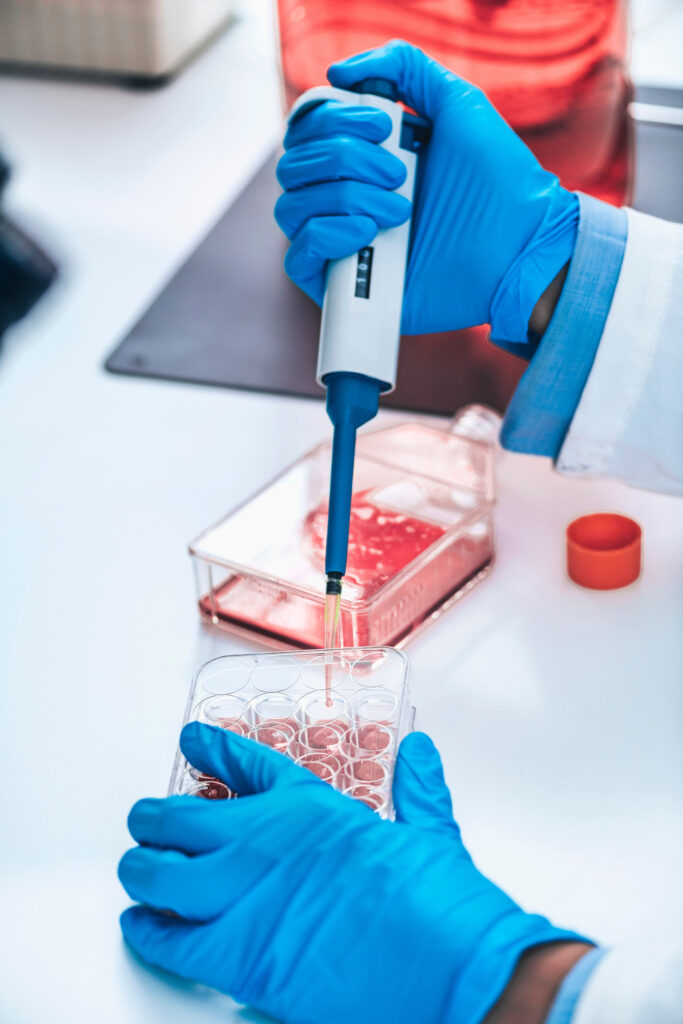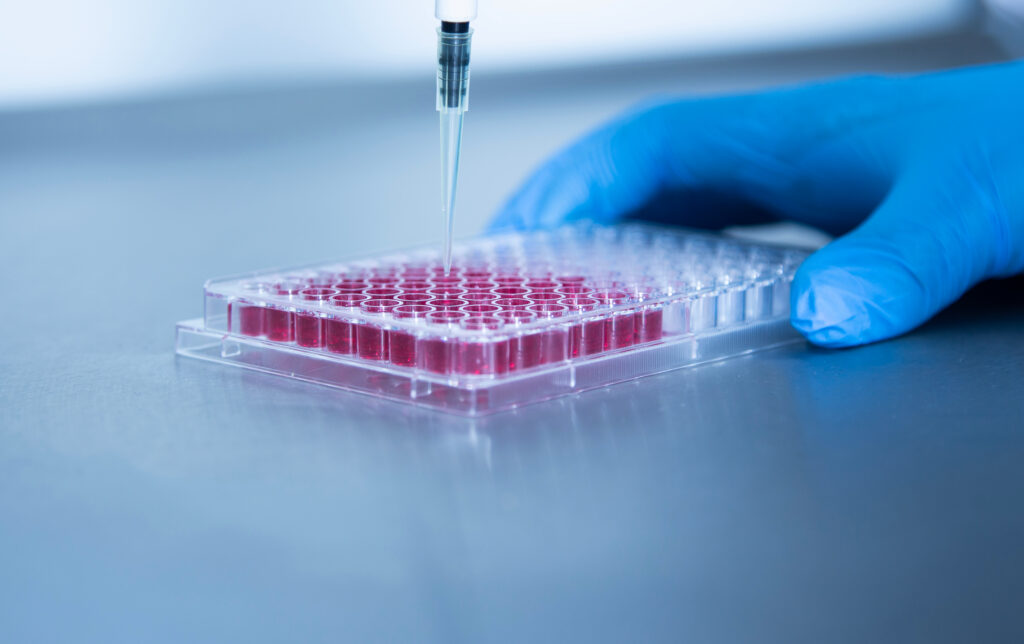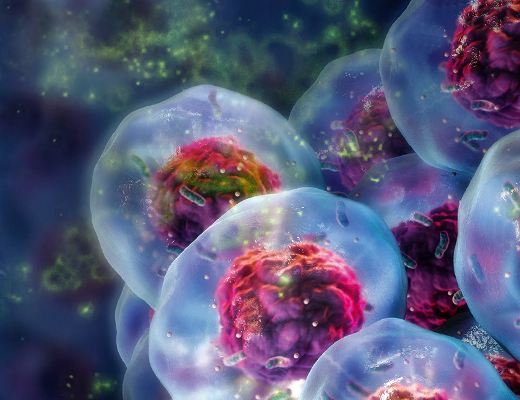
Three-dimensional (3D) cell culture systems have become essential tools in cancer research, drug screening and tissue engineering—offering a more physiologically relevant alternative to traditional 2D cultures, which often fail to replicate key in vivo microenvironment features. But as the field has evolved, variability in experimental outcomes has become a key challenge, limiting their reproducibility and translation into clinical settings. While spheroids offer layered architecture, nutrient gradients and multicellular interactions, inconsistent culture methods have made it difficult to draw reliable conclusions across labs.
A recent study published in Scientific Reports by Zhu et al. (2025) takes on this challenge directly, aiming to enhance the reliability of 3D models for drug testing, personalized medicine and tumor biology. By analyzing over 32,000 spheroid images using automated analysis and integrating single-cell RNA sequencing (scRNA-seq), the researchers offer actionable insights into how experimental variables like oxygen levels, serum concentration, media composition and initial seeding density impact spheroid morphology, viability and structure.
What the Study Found
Using high-throughput image analysis and scRNA-seq to monitor spheroid progression, the team identified clear links between environmental variables and spheroid attributes:
1. Media Composition Alters 3D Spheroid Growth and Death Profiles
The researchers categorized commonly used culture media by their main components to evaluate how media composition and functionality affect spheroid growth. Researchers used HEK 293T to examine spheroid growth kinetics and viability, with growth curves revealing significant differences across media. The researchers observed that HEK 293T spheroids grown in RPMI 1640 showed increased cell death signals compared to other media types. Differences in glucose and calcium levels across DMEM, DMEM/F12, and RPMI formulations significantly affected spheroid size, shape, and viability—highlighting the need to consider how standard media diverge from physiological conditions
2. Serum Concentration Drives Structural Integrity

In MCF-7 spheroids, serum concentration was directly tied to spheroid architecture. In low or serum-free conditions, MCF-7 spheroids shrank over threefold of their original size and displayed increased cell detachment. In contrast, 10–20% Fetal bovine serum (FBS) produced compact, viable spheroids with distinct necrotic and proliferative zones—offering a balance between cell growth and physiological relevance.
Additional findings showed that cell death peaked at 0.5% and 1% FBS, with no significant difference between 10% and 20%. ATP decreased with lower concentrations and serum influenced parameter correlations with serum-free media conditions showing a negative correlation between perimeter and compactness, solidity and sphericity.
3. Oxygen Levels Shape Viability and Morphology
Spheroids cultured under hypoxic conditions (3% O₂) had decreased dimensions – including equivalent diameter and volume – with reduced viability and ATP content. Interestingly, in co-culture systems with Jurkat T cells, hypoxia was associated with reduced T cell death—suggesting a protective effect in low oxygen environments that may mimic aspects of tumor immunology. These findings highlight the importance of mimicking in vivo oxygen gradients when modeling tumors or immune interactions.
4. Seeding Density Affects Growth Kinetics and Structural Stability
Spheroids formed from 6000–7000 cells often exhibited the largest diameters—but also the highest structural instability, with some spheroids rupturing and releasing necrotic regions. Spheroids from lower seeding densities were more stable but smaller and less dense.
Notably, different cell types showed distinct growth patterns: MCF-7 spheroids decreased in size over time, while HCT 116 spheroids exhibited the opposite trend. Additionally, MCF-7 cells exhibited the capacity for self-repair after 6 days, with their structure returning to normal.
This balance between spheroid size and integrity is critical, especially for drug testing applications where penetration and structural consistency affect therapeutic interpretation.
A Role for High-Throughput Analysis

To process their high-volume image data, the researchers used AnaSP and ReViSP software to extract quantitative metrics—like compactness, solidity and fluorescence intensity. Fluorescence trends were tracked alongside metabolic activity using the CellTiter-Glo® 3D Cell Viability Assay from Promega. This luminescent assay provided sensitive, quantitative ATP measurements—offering a snapshot of cell health across thousands of spheroid conditions.
As spheroids aged from day 6 to day 19, they grew in size but showed decreased ATP content and eGFP signal, indicating metabolic decline and structural degradation in the core. At the same time, increased propidium iodide (PI) fluorescence revealed growing regions of cell death—providing a layered picture of spheroid maturation and stress response.
Why It Matters
This study doesn’t just confirm what many researchers have observed—it quantifies it. By identifying how specific variables influence spheroid development and behavior, Zhu et al. provide practical guidelines for anyone working with 3D culture models:
- Use physiologically relevant oxygen and serum levels to improve spheroid model accuracy
- Standardize media formulations across experiments to reduce variability in spheroid formation
- Select seeding densities based on study goals—larger isn’t always better
- Use validated assays like CellTiter-Glo® 3D Cell Viability Assay to help accurately measure viability in dense 3D structures
Implications for Research and Industry
Whether used for oncology research, regenerative medicine, or drug screening, spheroid models are only as reliable as the protocols behind them. The insights from this study help provide a foundation for more standardized, reproducible 3D culture systems.
References
- Zhu, S., Yin, J., Lu, X., Jiang, D., Chen, R., Cui, K., He, W., Huang, N., & Xu, G. (2025). Influence of experimental variables on spheroid attributes. Scientific Reports, 15(1). https://doi.org/10.1038/s41598-025-92037-1
Latest posts by Shannon Sindermann (see all)
- What 32,000 3D Spheroids Revealed About Culture Conditions - April 15, 2025
- Can Fungi Help Clean Up Environmental Contaminants? - March 20, 2025
- Reprogramming T Cells with DCA: A Metabolic Breakthrough - February 7, 2025
